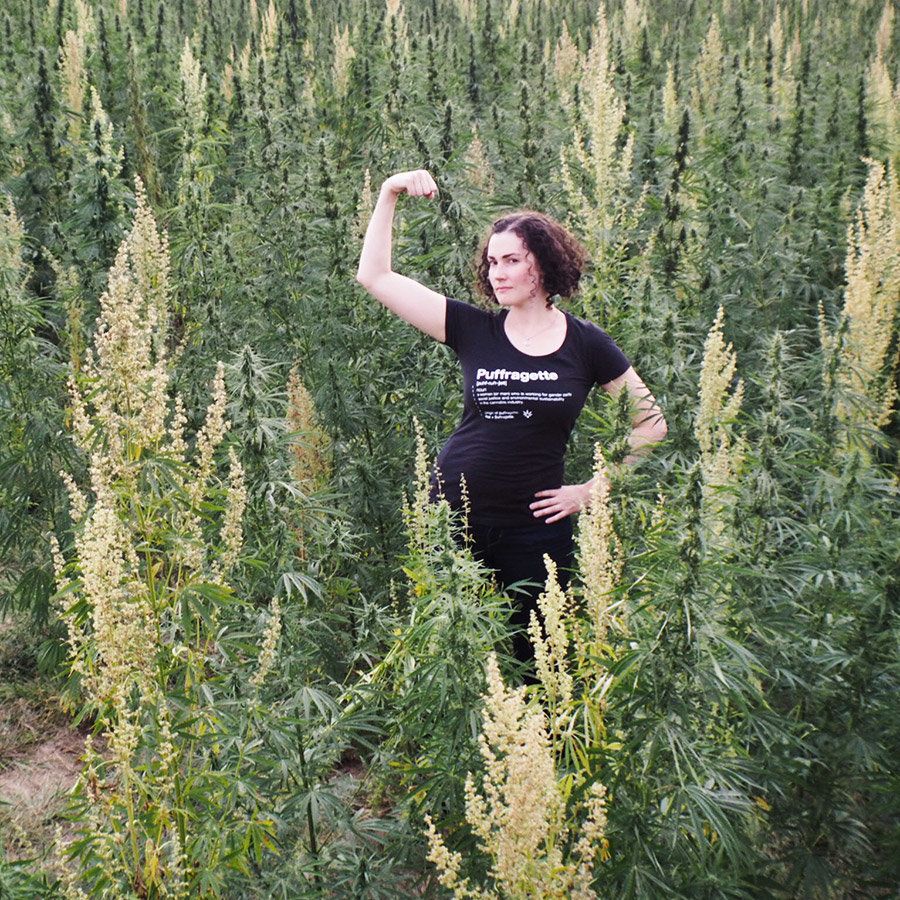Windy Borman had never smoked weed when she decided to make a movie about it.
The filmmaker moved to Colorado, the first state to legalize recreational cannabis, in 2014. Her interest in the industry didn’t lie in the effects of the plant itself, but its potential to create an industry free from some the sins of its predecessors in business and tech.
“Living here, you can’t ignore all the incredible stories you hear about women having success in the industry,” Borman said.
Her forthcoming documentary, “Mary Janes: The Women of Weed,” explores the potential for gender parity, social justice and environmental sustainability in an emerging field that, until recently, was primarily a movement.
“Even if I wasn’t a cannabis user, I could try to highlight these stories of people having success in the industry and making the world a better place at the same time,” she said.

Many of those people happen to be women. Borman started the film in 2016, when the statistic that 36 percent of cannabis industry executives were women was widely celebrated in the weed world and beyond. Women were approaching gender parity in a progressive field, and we were about to have a woman president. As Borman originally conceived of it, “Mary Janes” would celebrate both achievements.
Later that year, we failed to elect our first female president. In August 2017, Marijuana Business Daily reported that the percentage of female cannabis industry executives had dropped from 36 percent to 27 percent, compared with 23 percent of the national average of all business leaders.
“We put together the film in 2016, and we thought we’d have a very different story. We thought we were going to have a film about female empowerment from the perspective of: We have a female president, women are leading a new industry. That was the version of the story,” Borman told HuffPost.
“On election night, when that didn’t happen, we thought, well, now what’s the film about?”
Both events brought a new sense of urgency to the subject matter. Women are not as equal as we thought, in weed or anywhere else, and our new president would eventually appoint an attorney general who vowed to bring us back to the dark days of the war on drugs.
So Borman broadened the scope of the film and made herself a character. For all her enthusiasm for the industry and the women leading it, she had never consumed cannabis.
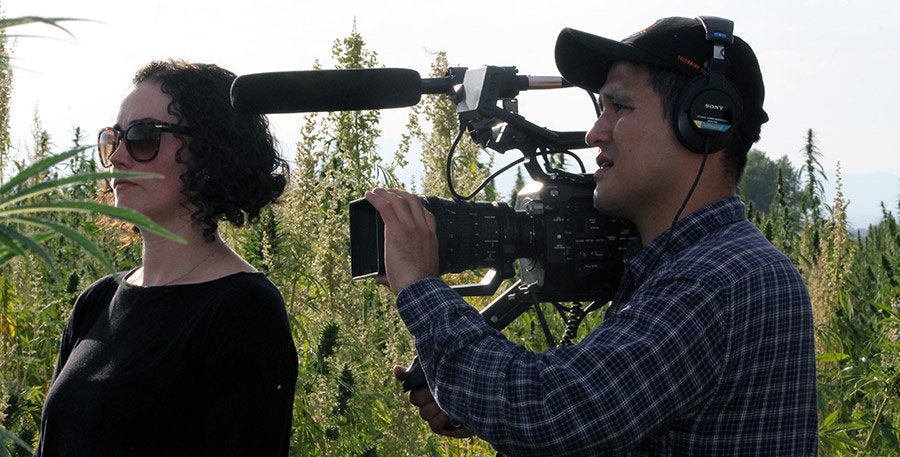
She spends the film reckoning with her own biases about marijuana, interviewing dozens of women who are weed luminaries across the field, from those building lucrative lifestyle brands to those fighting for equity in an industry that people of color have been imprisoned for entering. Borman calls these pioneering activists “Puffragettes.”
“A Puffragette is the combination of pot and suffragette. We define it as a man or woman who is building gender parity, social justice and environmental justice into the cannabis industry,” she said.
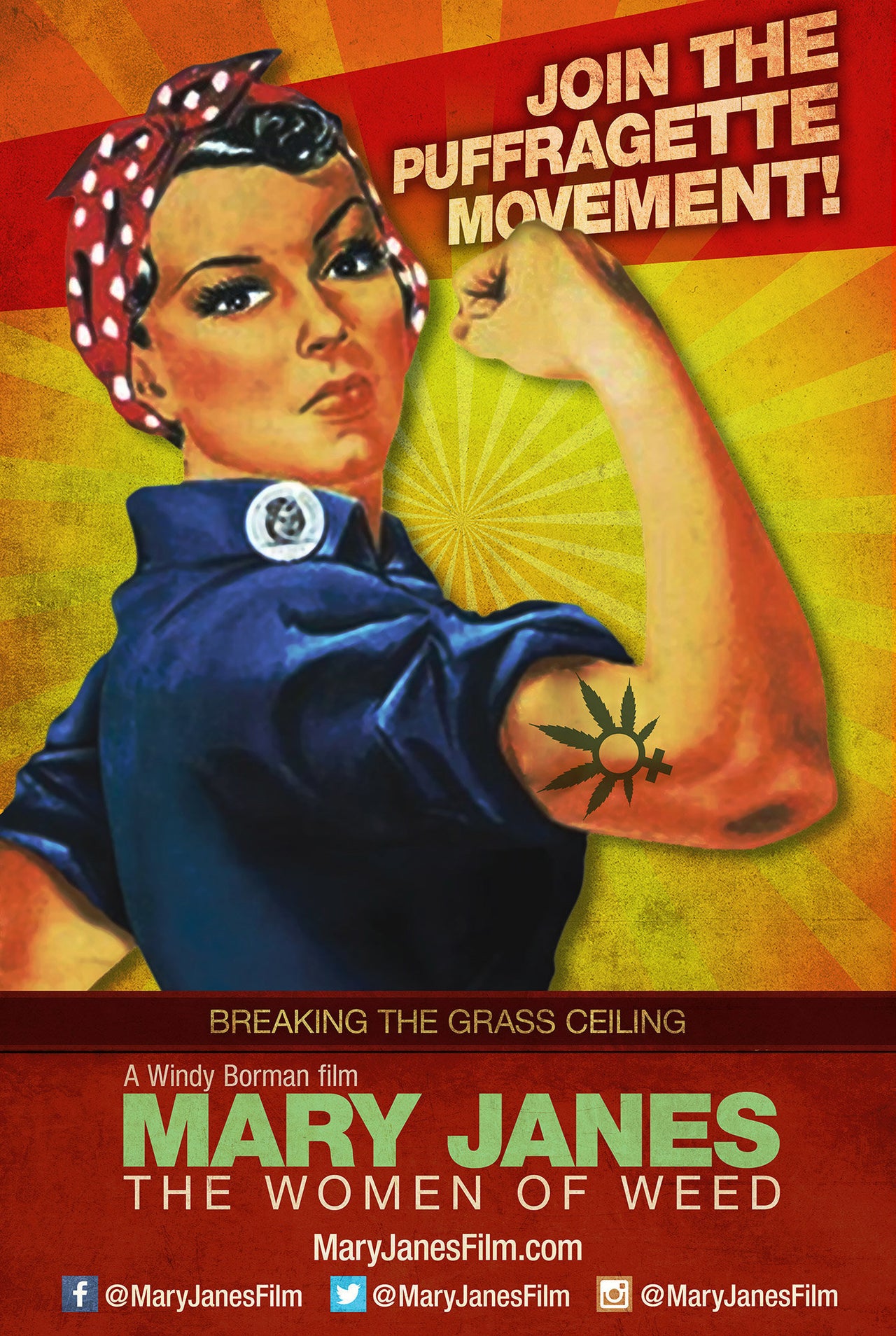
Borman ultimately does consume cannabis for the first time on camera. She didn’t expect to, and she added the scene after test audiences asked for it. She told HuffPost she recognizes the privilege she has to use a federally prohibited substance on camera, and she did so in an attempt to normalize conversations about cannabis use.
“I recognize that I’m in a fairly privileged position [to do so], because I don’t have kids that are going to get taken away from me from child protection services, I’m not going to get kicked out of government housing. I’m not going to lose my job. I was aware of all of that,” Borman said.
“I felt that, if this film wants to normalize these conversations, it would be pretty powerful if I, as a character, started out doubting everything and come out the other side saying, “Oh, it wasn’t that bad. I actually didn’t need to be worried about it.”
Below, watch the trailer for “Mary Janes: The Women of Weed” and read HuffPost’s conversation with Borman about putting together the film, intersectional feminism, her “cannabis fairy godmothers” and whether she still enjoys the plant.
You didn’t just include women in the conversations about women in weed. In the film, they’re leading the conversation about all aspects of the movement and the industry, because they do, in fact, lead that conversation.
It was really important for me to make a film about female empowerment that was about opportunity and not about oppression. In terms of who I put on camera, it was really important to show a broad cross-section of women. What types of women am I going to show who are doing this? We needed to show all ages, all ethnicities, geographic distribution, from different segments of the industry.
The cannabis industry and the movement around it is such a natural site for intersectional feminism. How did that affect the storytelling?
You can’t talk about cannabis without also talking about gender parity, social justice, sustainability, and without asking: How are we going to treat each other, how are we going to treat the planet? It all comes together in this new industry.
The white male paradigm could easily be applied to the cannabis industry. But, thankfully, there are enough women and enough people of color who have been in the industry while it was a movement. They were the activists who helped turn it into an industry, that they have stood up and said: No, we’re not doing this. We want this to be inclusive. We want a new way of doing business. We want equity programs to make sure that women and people of color are trained and supported so they can stay in the industry. I basically spoke to anybody who could speak to gender parity, social justice and environmental sustainability, because those were the three core values of the film.
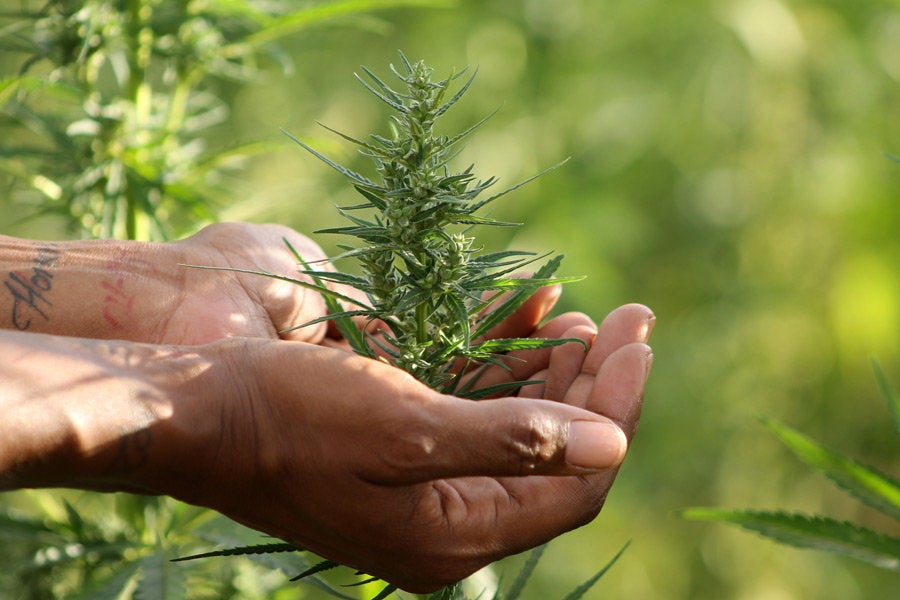
As the industry has grown, the percentage of female leaders at the executive level has decreased. When you originally conceived of the film, it was at 36 percent. Now it’s 27 percent. How did you handle this while making the film?
It’s made the call to action of the film a lot stronger. The film is not just about celebrating female leadership, it’s also about providing the opportunity for women to have the conversations about how they can come into this industry.
One of the things I end up saying a lot in discussions with women’s groups is: Don’t wait for permission, don’t wait for an invitation to come into cannabis. We know that’s one thing that has held women back from leadership positions. If you want to come in, there’s room for you, you’re invited, come in. Just start.
The other thing is that we know that old rich white men like to give money to old rich white men. As more states are legalizing, more funding is coming into cannabis, and we have this idea from the last industry that we watched grow in our lifetime ― the tech industry ― that if you take a couple of guys with a computer and a garage, you can have a company. There’s a whole funding model based around this idea. I know outside investors are looking to replicate that model.
What surprised you most while you were making the film?
I think the thing that surprised me the most was just my own internal dialogue about cannabis. It was really surprising to me how hard it is to shake off that propaganda of marijuana being a gateway drug. It’s almost halfway through the film that you actually see the light bulb come on for me. Connecting those dots, it just takes a while. I had really absorbed that messaging. Especially coming from a family where there is some drug and alcohol addiction, I had never wanted to tempt genetics by trying it. The fact that it took me 37 years to feel comfortable trying cannabis was the surprising thing. My younger self, I’m sure, would be surprised that my current self actually tried it.
The idea that cannabis is a “gateway drug” has been challenged a lot lately. In the film, you interview someone who actually experienced cannabis as an “exit drug” that helped her recover from opioid addiction.
That story about Jacqueline in the film, that’s one of those stories that I loved. She got kicked out of MIT, her future was in jeopardy, she was addicted to drugs and given more drugs to get off of those, and cannabis was an exit drug that got her back on her life path of helping people. That’s not a unique story. It’s amazing that cannabis can do that.
I really loved that last scene, when you consume for the first time with your “cannabis fairy godmothers.” It felt so radical and warm at the same time. What was that like?
Originally, I didn’t know if it was necessary for me to try cannabis for the film. I didn’t want it to be sensationalistic either. There are a lot of cannabis documentaries out there that are all about people getting stoned. I didn’t want that to be the purpose of the film.
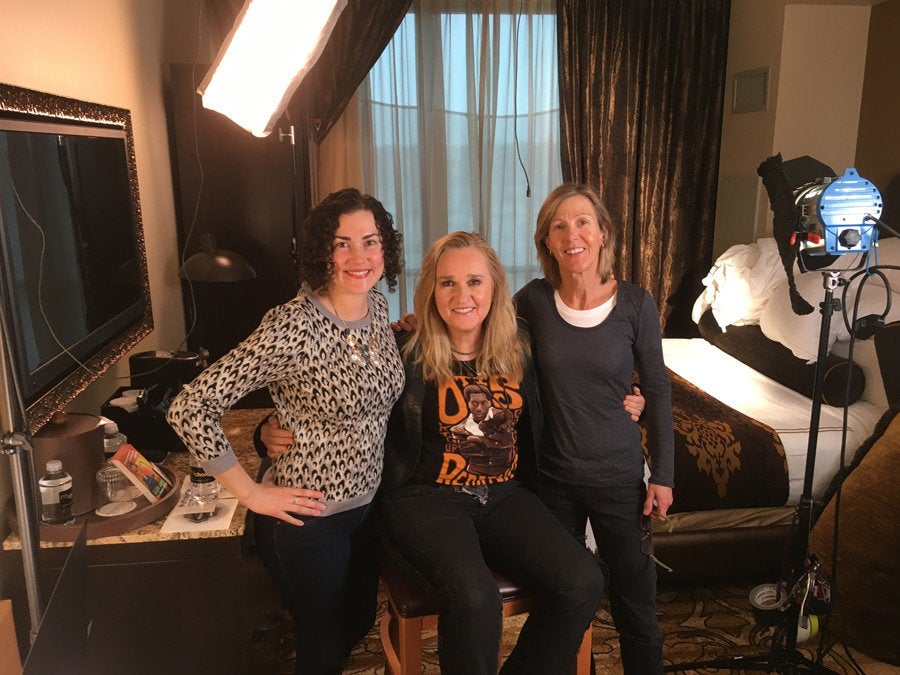
Were you worried, if your experience happened to be a negative one, that would then be on camera and part of a movie that’s mostly about the positive impacts it can have?
It was a slight concern. I didn’t know what would happen. But that’s why I took a very female-centric and empowering approach to it. I had heard from lots of women in fact that the first time they tried cannabis it wasn’t positive, it was full of a lot of peer pressure or maybe some guy passed them something at party and they felt pressured to try it, and I didn’t want to have that.
If I was flipping the script, let’s do it right. I went shopping at a female-owned dispensary that spoke to my core values. I spoke to a female budtender. I described the experience I wanted, and they really guided me to purchase products that would help me have a positive experience.
What are your greatest hopes for the future of cannabis?
My greatest hope would be that we have 50 percent parity in the cannabis industry, including women and people of color. If we could just normalize that, it would be amazing.
Ultimately, I think it would be really amazing for any American to be able to choose what they put into their bodies. Whether it’s medical or recreational cannabis, if we just stop locking people up for simple possession, that would be a huge win. Because that still happens. We’ve got a lot of states where people are very successful in the cannabis industry, and right next door they’re locking people up for joints, or crumbs in little baggies.
